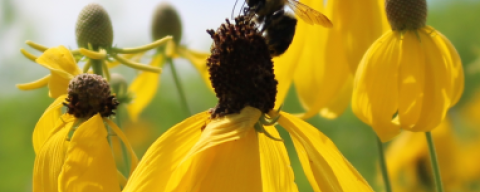Many people want to create pollinator-friendly gardens to support numerous kinds of native bees, as well as honey bees, butterflies, hummingbirds, and other pollinators. Planting a diverse mix of flowering plants that provides a sequence of blooms from early spring to late fall will have the most impact. Even a small patch of the right flowers can help, as it adds to the larger landscape mosaic in which the pollinators live and search for food.
Pollinators visit flowers to collect food in the form of nectar and/ or pollen. Below are some plants you can add to your garden and landscape to provide these food resources for bees and other pollinators. The plants listed here grow well in our region and have been observed to attract large numbers of bees, butterflies or hummingbirds when in bloom. There are many other plants you can use as well, and many plant lists are available on the web. The best resources will be those with local research or observation behind them.
In general, bees like white, blue, purple and yellow flowers and hummingbirds love red tubular shaped flowers. What insect pollinators you’ll find on which flowers depends on both the anatomy of the flower (is it open and accessible?) and the insect (how strong is it, how long is its tongue?). Select flowers with abundant supplies of nectar and pollen. By observing the plants in your garden, you will soon learn which are the most visited by bees and other pollinators. Here are some guidelines to get you started.
Planting a diverse mix of flowering plants that provides a sequence of blooms from early spring to late fall will have the most impact.
Perennials: American native perennials, or wildflowers, with long bloom periods, prolific flowers and colors attractive to pollinators can be combined to provide a pollinator paradise from late spring through fall. For the most impact, plant in full sun and design in masses (groups of 3-5 or more plants placed together). Choose to use these species either in their original forms, or choose cultivars or varieties that have flowers similar to the original in color and form. Be aware, however, that many of the originals are very tall and not as neat and tidy as your typical perennial garden.
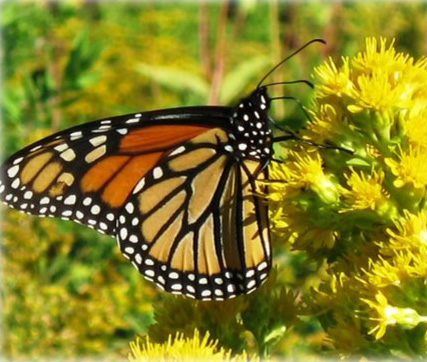
The accompanying chart shows the bloom period and color of many perennial wildflower species, all of which have high pollinator value. Use it to design a garden area or meadow that will provide pollinators, birds, and other wildlife with food and shelter. Add some native (warm-season) grasses such as little bluestem (Schizachyrium scoparium) or Indian grass (Sorghastrum nutans) to add interest and wildlife value. Once established, these perennials and grasses will grow back each year.
There are many non-native (to the northeast) herbaceous perennials that will grow here and are also attractive to pollinators. Just a few examples include blanket flower (Gaillardia aristata), stonecrop (Sedum), and wild basil (Clinopodium vulgare). Bulbs such as Dutch crocus (Crocus vernus) may provide important food sources in early spring when little else is in bloom for the earliest-emerging insects.
Did You Know?
Many popular annual flowers have been bred for attractive characteristics and in the process may have lost some of their appeal to pollinators.
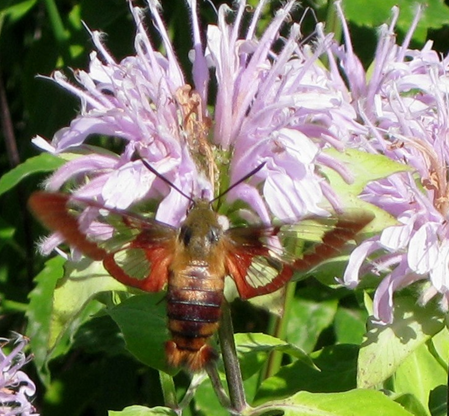
Annuals: Many popular annual flowers, or bedding plants, have been bred for attractive characteristics such as new colors and fancy flower forms, and in the process may have lost some of their appeal to pollinators. Some no longer even have pollen! Some annuals, however, are good pollinator plants. These include sweet alyssum (Lobularia maritima), ageratum (Ageratum houstonianum), borage (Borago officinalis), cosmos (Cosmos bipinnatus), Spiderflower (Cleome), Sunflower (Helianthus, but avoid pollen-less varieties), Mexican sunflower (Tithonia), pineapple sage (Salvia elegans) and some types of Zinnia and Verbena. Black-eyed Susan (Rudbeckia hirta) may be a perennial, but most often acts as an annual.
Herbs: Basil, borage, catmint, chives, lavender, oregano, and rosemary are all highly attractive to honey bees and some other pollinators if allowed to bloom. Intersperse these herbs in your vegetable garden to invite the pollinators in.
Shrubs, Trees: Woody flowering shrubs and trees can be good pollen and nectar resources, especially if they flower at a time of year when there are few other plants in bloom, early in spring or late into fall. Selected shrubs and small trees attractive to pollinators are listed below in order of bloom. Fruit trees, such as apple, cherry, peach, and plum, need insect pollination to set fruit. Other trees around you, such as red maple, oak, wild cherry, horse chestnut, tupelo, basswood and black locust are also of value to pollinators. Even though many are wind pollinated, bees and other insects still use their flowers as food sources.
Early Spring: Pussy willow and other willows (Salix species), Serviceberry (Amelanchier species) Spring/Summer: Highbush blueberry (Vaccinium corymbosum), raspberry and blackberry (Rubus species), Fragrant sumac and other sumacs (Rhus aromatica, Rhus spp.), Common ninebark (Physocarpus opulifolius), Inkberry holly (Ilex glabra), Winterberry holly (Ilex verticillata), Arrowwood (Viburnum dentatum), Cranberrybush (Viburnum opulus)
Late Summer/Fall: Sweet pepperbush (Clethra alnifolia), Virginia Rose (Rosa virginiana) and others with open flower forms, Buttonbush (Cephalanthus occidentalis), Panicle hydrangea (Hydrangea paniculata).
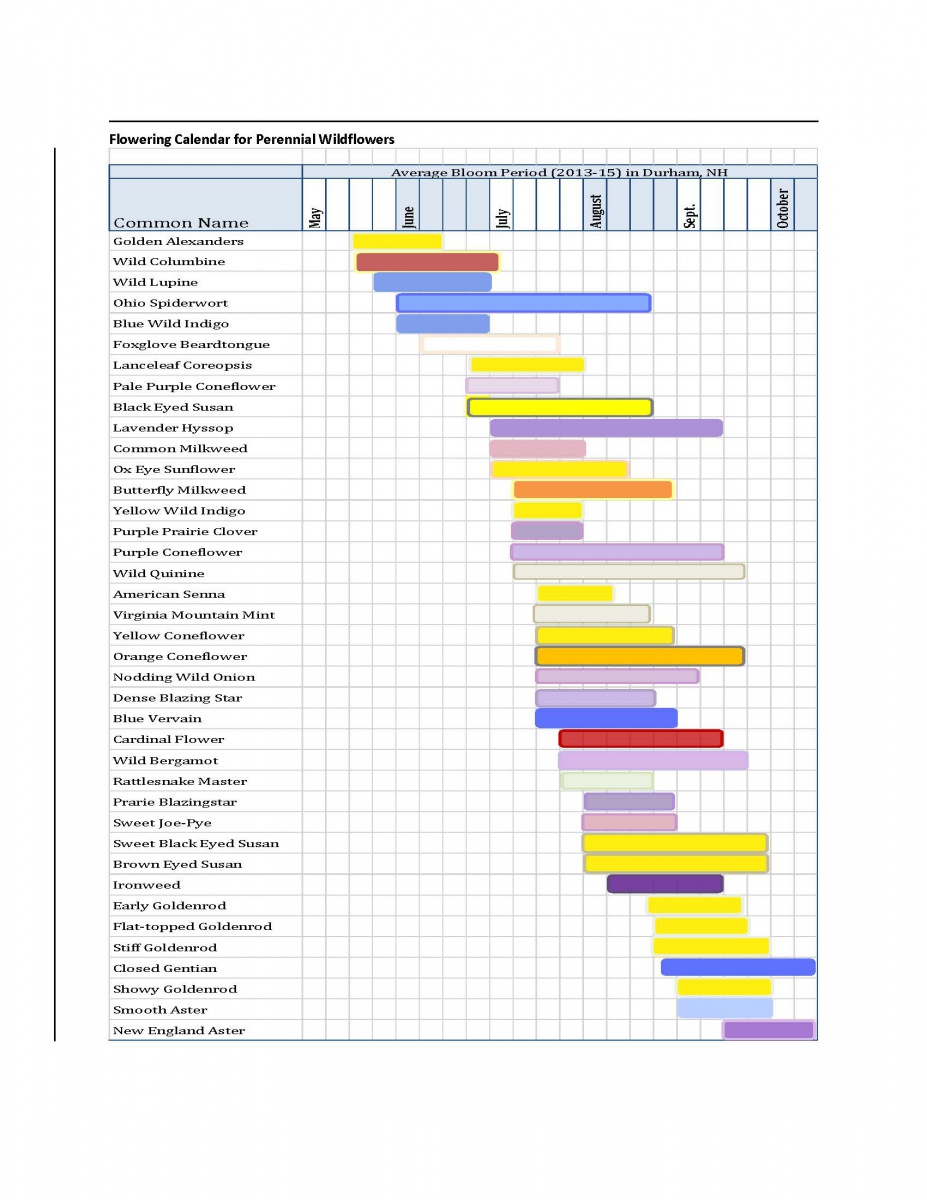
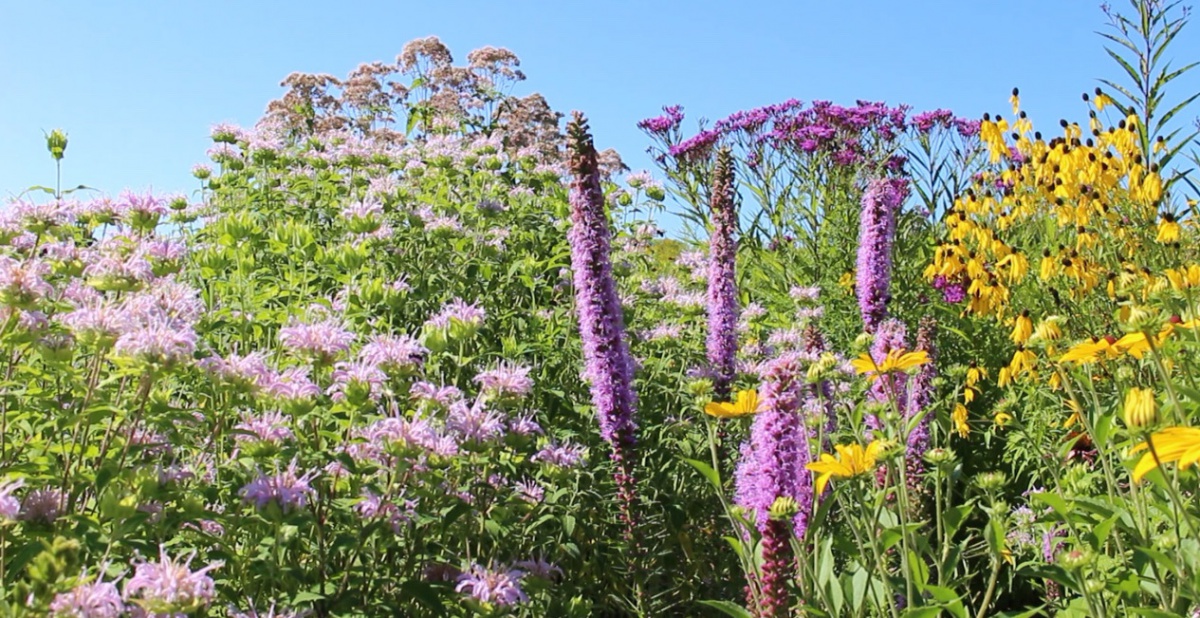
About the Author: Dr. Cathy Neal is an Extension Professor and Specialist in nursery and landscape horticulture with University of New Hampshire Cooperative Extension. Her programs emphasize sustainable landscape practices that protect our natural resources. She is also a researcher with the NH Agricultural Experiment Station in Durham, NH, where she conducts field research on meadow establishment and pollinator habitat.
Do you love learning about stuff like this?
SUBSCRIBE TO Granite State Gardening newsletter
Got questions? The UNH Extension Yard and Garden Infoline offers practical help finding answers for your yard and garden questions.
Call toll free at 1-877-398-4769, Monday to Friday, 9 a.m. to 2 p.m., or fill out webform.
